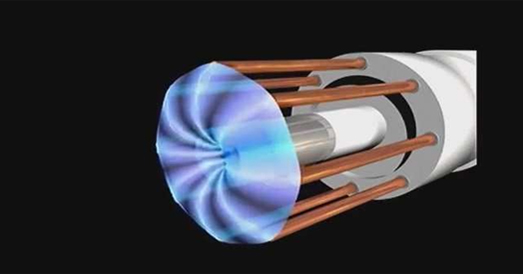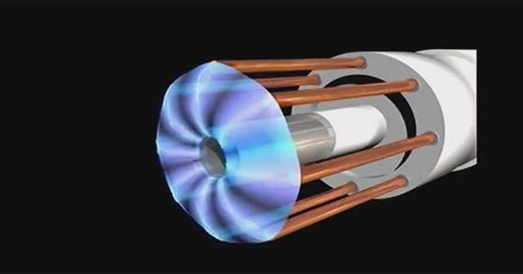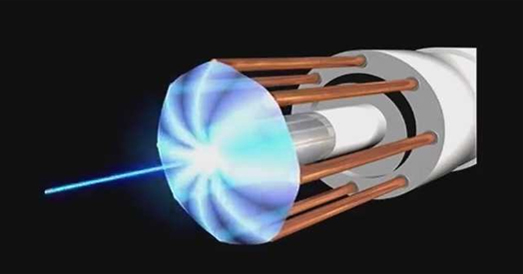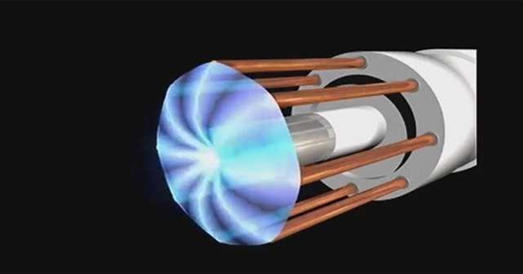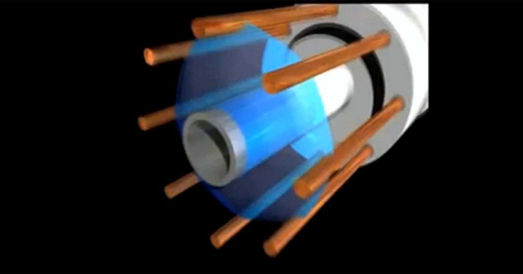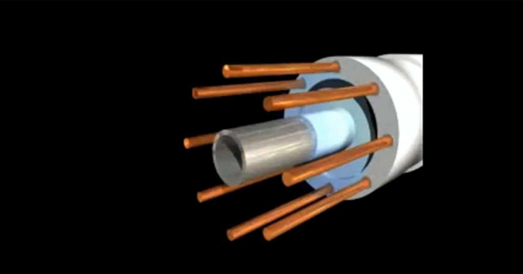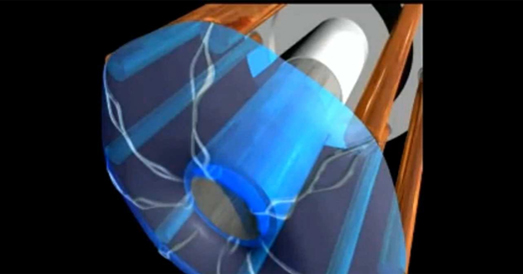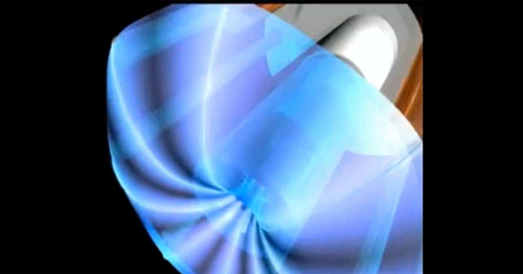Mater Exists in 4 States
-

Solide
The moiecules that make up a solid are arranged in regular. repeating patterns.
-

Liquid
The moiecules that make up a liquid flow easliy around cone another.
-

Gas
The molecules that make up a gas fly in all directions at great speeds.
-

Plasma
At the very high temperatures of stars, atoms lose their electrons.

Green Frog System Gas Processing Technology
| Space between particles | Volume | Shape | Compressibility | Particle arrangement | |
|---|---|---|---|---|---|
| Solid | no(particles form tightly packedgeometric patterns) | definite | definite | no |  |
| Liquid | a little bit | definite | indefinite (takes the shape of container) |
a little bit |  |
| Gas | a lot of space | indefinite | indefinite (takes the shape of container) |
yes |  |
| Plasma | Superheated, ionized gas found in areas of extreme heat(i.e. stars) | ||||
Changes in State of Matter
ALL changes in state of matter are physical changes. No chemical change takes place.

Plasma Energy State


What is Plasma
Plasma is a state of matter in which an ionised gaseous substance becomes highly electrically conductive to the point that long-range electric and magnetic fields dominate the behavior of the matter. This state can be contrasted with the other states: solid, liquid, and gas. Unlike these other states of matter, plasma mostly does not naturally exist on the Earth's surface under normal conditions, and must be artificially generated from neutral gases.
Plasma is an electrically neutral medium of unbound positive and negative particles (i.e. the overall charge of a plasma is roughly zero). Although these particles are unbound, they are not ‘free’ in the sense of not experiencing forces. Moving charged particles generate an electric current within a magnetic field, and any movement of a charged plasma particle affects and is affected by the fields created by the other charges. In turn this governs collective behavior with many degrees of variation.
Three factors define a plasma
The plasma approximation : The plasma approximation applies when the plasma parameter, Λ, representing the number of charge carriers within a sphere (called the Debye sphere whose radius is the Debye screening length) surrounding a given charged particle, is sufficiently high as to shield the electrostatic influence of the particle outside of the sphere.
Bulk interactions : The Debye screening length (defined above) is short compared to the physical size of the plasma. This criterion means that interactions in the bulk of the plasma are more important than those at its edges, where boundary effects may take place. When this criterion is satisfied, the plasma is quasineutral.
Plasma frequency : The electron plasma frequency (measuring plasma oscillations of the electrons) is large compared to the electron-neutral collision frequency (measuring frequency of collisions between electrons and neutral particles). When this condition is valid, electrostatic interactions dominate over the processes of ordinary gas kinetics.


MDPG System Reactor



Features of the MDGP System
Plasma is controlled and shaped into the optimum shape
By controlling the shape and frequency we can control the temps of the plasma
We can achieve temps of in excess of 35,000 degrees F 19,450 C
ALL molecules are destroyed only atomic elements remain
93% + of all organic materials ran through the reactor come out in the form of SynGas
We use 70% less energy then or competitors to do the same thing
Our reactor is solid State with no moving Parts
We can rebuild out reactor in 24 hours
With the complete reactor and generator system we recover approximately 2 MWE Per ton of organic. waste
The organic waste inputted into the system is the fuel for the power output
We can process up to 60% wet materials (no need to dry Supply steams)









